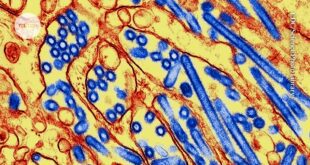Scientists Unveil the Fundamental Limits of Life
A group of scientists recently published a groundbreaking study revealing the fundamental limits of life. The study explored the possibility of life existing beyond Earth, pushing the boundaries of what is currently known about biology.
Artificial vs. Extraterrestrial Life
The research examined the differences between artificial and extraterrestrial life forms. While artificial life is created by humans in a laboratory setting, extraterrestrial life is hypothesized to exist on other planets or moons in our universe.
Key Findings
One of the key findings of the study was that life as we know it may have limitations that prevent it from thriving in extreme environments. The researchers discovered that certain physical constraints, such as temperature and pressure, could hinder the development of life forms.
Additionally, the study suggested that the building blocks of life, such as DNA and proteins, may not be able to function properly under certain conditions. This could have implications for the search for extraterrestrial life, as scientists may need to broaden their understanding of what constitutes a living organism.
Implications for Astrobiology
These findings have significant implications for the field of astrobiology, which seeks to understand the potential for life beyond Earth. By uncovering the fundamental limits of life, scientists can better assess the likelihood of extraterrestrial life existing in our universe.
Furthermore, the study may open up new avenues for research in artificial life. By understanding the constraints that life faces, researchers could potentially create new forms of life that are better suited for extreme environments.
Conclusion
In conclusion, the study on the fundamental limits of life represents a major advancement in our understanding of biology. By exploring the differences between artificial and extraterrestrial life, scientists are pushing the boundaries of what is possible in the search for life beyond Earth.
 Mind Uncharted Explore. Discover. Learn.
Mind Uncharted Explore. Discover. Learn.

